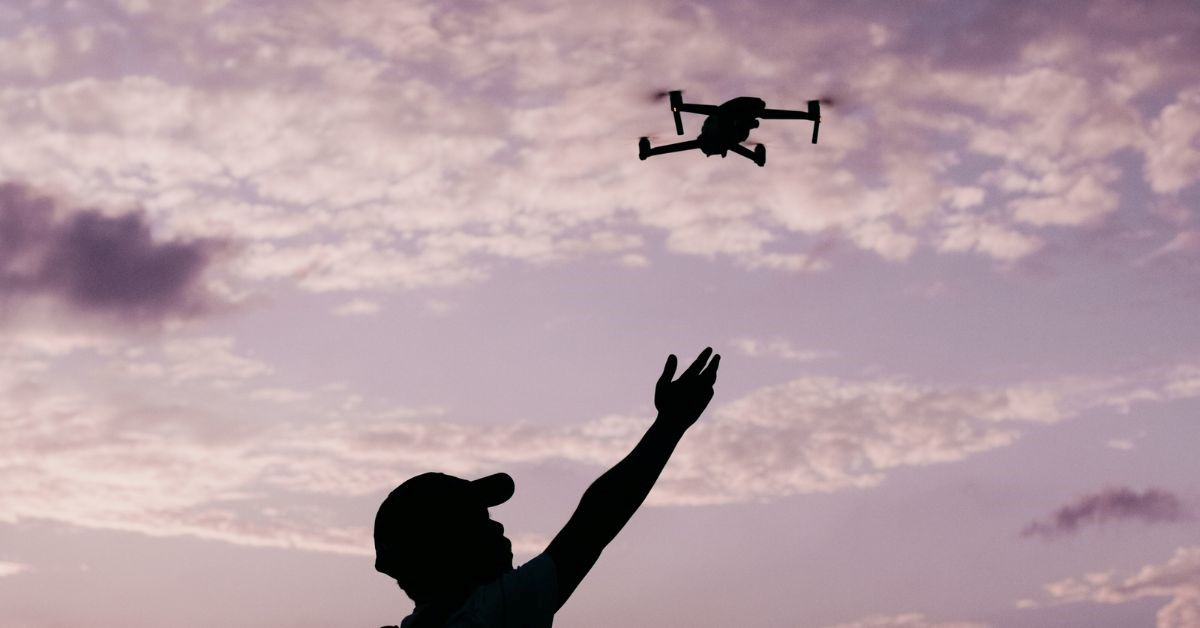Navigating the Terrain: How Long-Range Drones are Improving Disaster Relief and Rescue Operations

Long-range drones have continued to excel as advanced multi-industrial tools, providing convenience, decreasing human error – and safer operations. Drones transform disaster relief and rescue operations by giving first responders access to resources—long-range drones for mapping assist in boosting business management and decrease the disaster relief and rescue operations risks.
Long-Range Drones: Top 5 Benefits For Terrain Navigation
The efficacy of drones varies depending on where you want to utilize them and the same time, the type of drone you incorporate for such a mission or activity. With long-range drones, you can expect a broader function since most drones have advanced technological features drone-tech providers comprise for comprehensive data gathering. As a result, you can expect to derive a wide array of benefits which include but are not limited to the following:
1. Quick-Paced Situational Assessments
Drones can have a seamless scan on air, especially with robust long-range drones with 4K cameras and A.I. integration. These drones typically cover large areas allowing first responders to get accurate, up-to-the-moment data on the scope of damage caused by natural catastrophes. Consequently, A.I. generated risk response strategies, and your top-notch decision-making aids emergency services in prioritizing needs and allocating resources accordingly. Long-range drones for power line inspection can help assist through:
Pre-Disaster Risk Reduction Planning
You cannot stop typhoons and hurricanes is that you cannot stop them from coming. Thanks to technological advancements, people can identify when and where it will hit. With a drone, disaster management organizations can monitor and assess areas with minor and most possible damage. With data gathered, locals and the government can prepare for whatever disaster.
Post-Disaster Preparedness
Post-disaster preparedness is vital so that the area can mitigate and avoid the same aftermath. With long-range drones, governments can better assess how they can renovate vast areas to prepare better for another disaster, mitigating risks and damages. Drones improve the efficiency of these measures and not just because they cut response times.
2. Improved Communication and Response Time
Long-range drones for search and rescue have an optimized analysis of how to respond to a tragedy. The response team can set up temporary communication networks with drones in regions where the regular networks are down or not working. Coordination of rescue activities and dissemination of information to those in impacted areas can benefit greatly from this. As a result, Drones prompt immediate ground action, which is much quicker than manual-initiated detection, research, and action.
3. Mitigate Risks For Search and Rescue
Drones can do high-resolution optical and thermal imaging, which helps rescuers locate people hidden under debris or in tight spaces. ZenaDrone 1000 is an advanced drone technology with a multi-spectral sensor for thermal detection. It allows users to detect life forms wherever it senses them, making the search more seamless, faster, and more accurate. Drones can quickly survey large areas, revealing topographical details. They can better grasp the current state of affairs regarding communication or transportation outages. The ground crew can then better plan their approach to the survivors with this information.
4. Obtain High-Quality Geospatial Data
Drones are the sole practical and cost-effective option for gathering aerial imagery in many regions and situations where neither human-crewed aircraft nor usable satellite photographs are available. When collecting high-quality geospatial data in the aftermath of a disaster, drones are often the most cost-effective and user-friendly option. With drones, first responders may swiftly impact the community after a disaster by creating accessible, actionable maps. Drones can typically be more cost-effective since it offers multiple features as a DaaS.
5. Accessible Aid Delivery in Risky Areas
The response team can deliver emergency medical supplies and food using a long-range drone with attachments. It can access and go to remote locations that lack access to regular transportation networks. Areas with damaged and destroyed roads can benefit most from this since they can acquire necessities without further risking human lives. Most long-range drones, like the ZenaDrone 1000, are lightweight yet robust. It has detachable attachments that come in handy for delivering light to moderate payloads.
Tips 101: Selecting The Ideal Long-Range Drone
If you want to utilize the advancement of drones in your operations, take note of the following tips to select an ideal long-range drone in the market.
1. High-Quality Signal Transmission
Long-distance flights highlight the significance of a drone’s constant connection to its pilot. After losing contact with the controller, a lost or damaged drone is the last thing its pilot wants to deal with.
2. Obstacle Avoidance Function
When drones fly at great distances, and the pilot cannot see in which direction the drone is headed, it is challenging for pilots to determine its heading. Drones that can avoid barriers dramatically increase their chances of survival when perilous impediments are around.
3. Increased Flying Time and Battery Capacity
The time a drone can remain airborne is proportional to how long its batteries last. Drone flight time increases with the size of the drone battery.
4. Potential Loadout
Cameras and other sensors must be installed on drones designed explicitly for terrain mapping. Choose a drone that can carry a payload adequate for your gear.
5. Ease of Use and Flight Stability
Long-range drones must be stable and easy to control in any weather. Find a drone that can stabilize itself and avoid obstacles with cutting-edge technology.
The Takeaway
In the aftermath of natural disasters, long-range drones have proven to be a handy tool for rescue workers. They are making it possible for emergency services to respond to natural catastrophes faster and more efficiently, which can save lives and mitigate damage to communities.
Contact Us
Thank you for your message. It has been sent.
Latest Posts
Social Profiles















